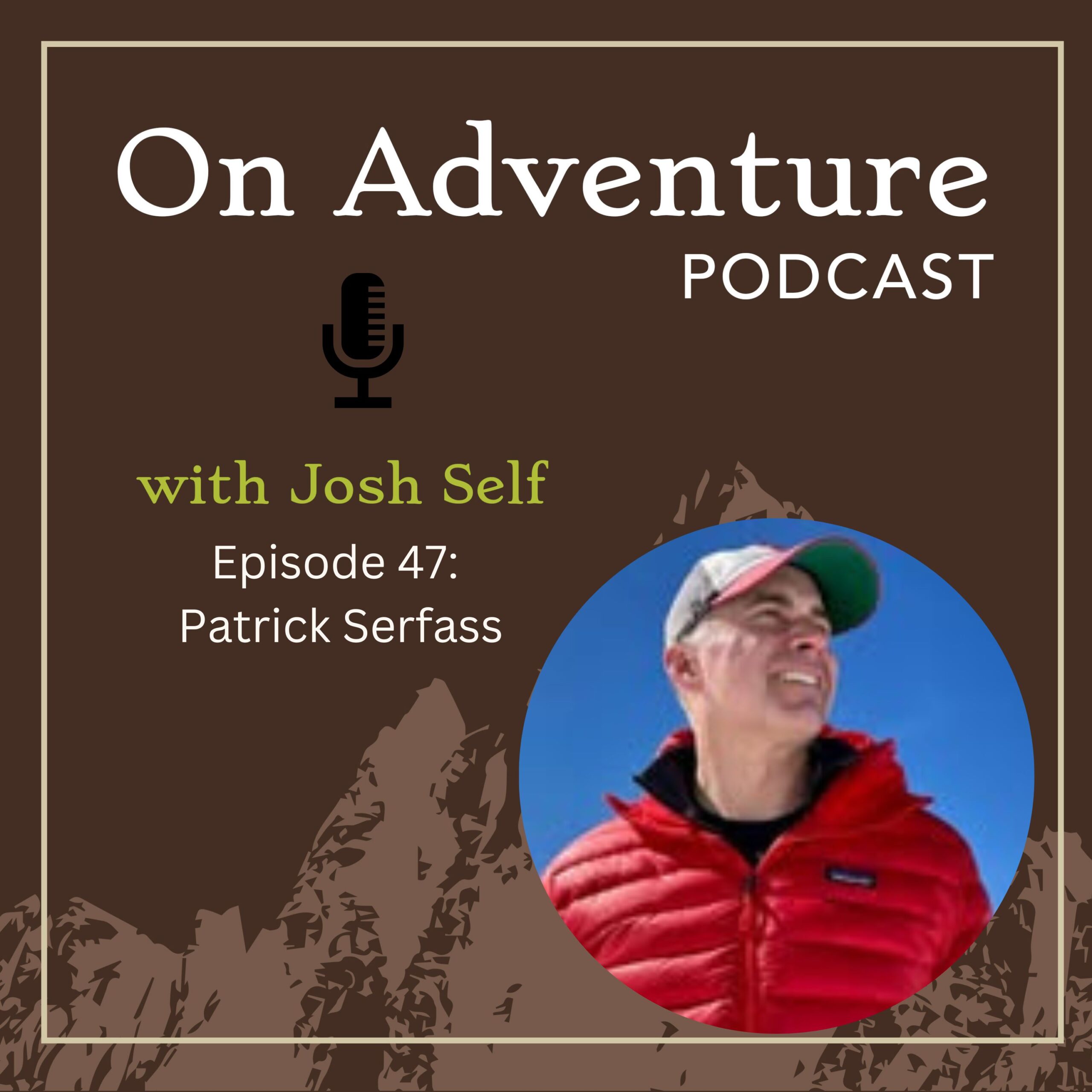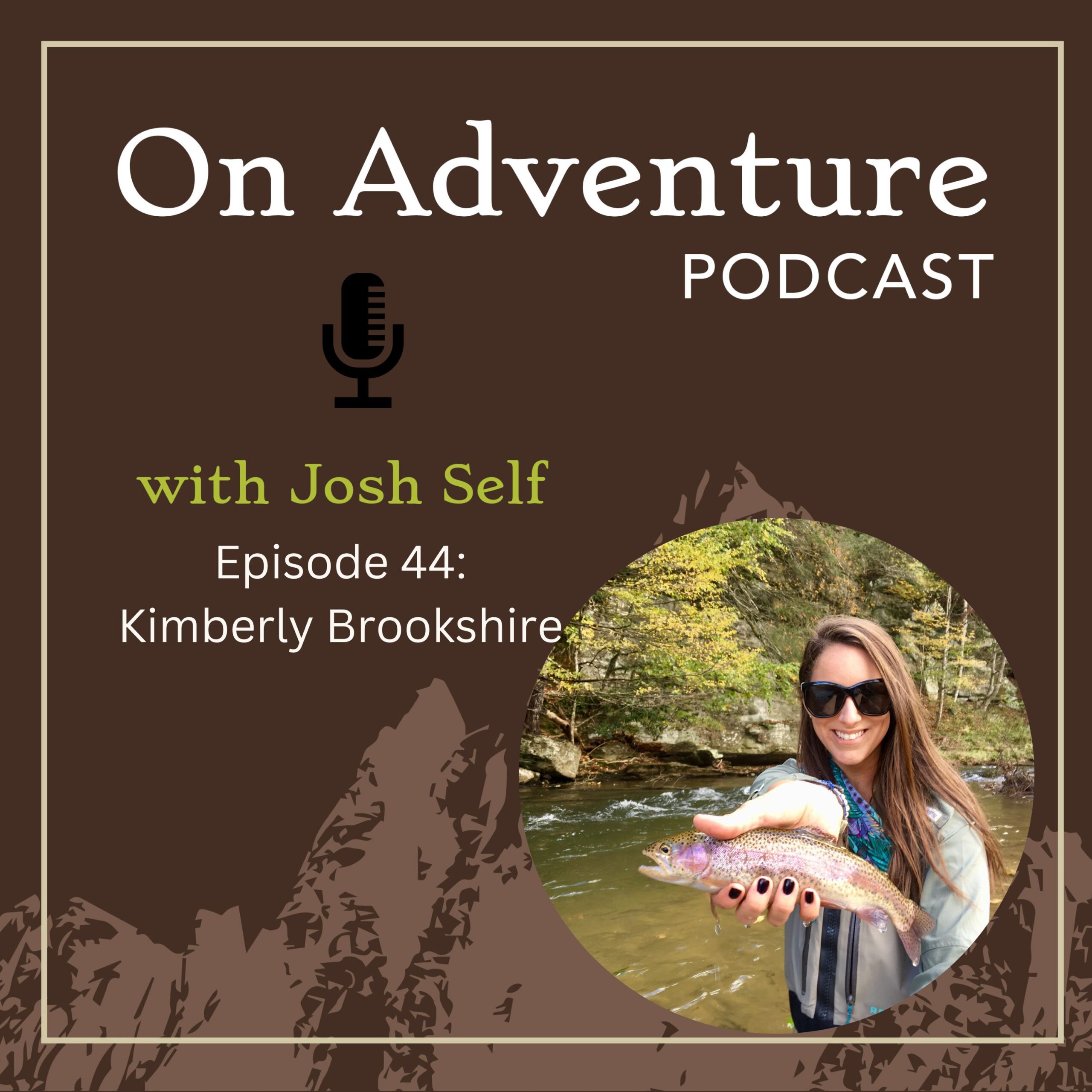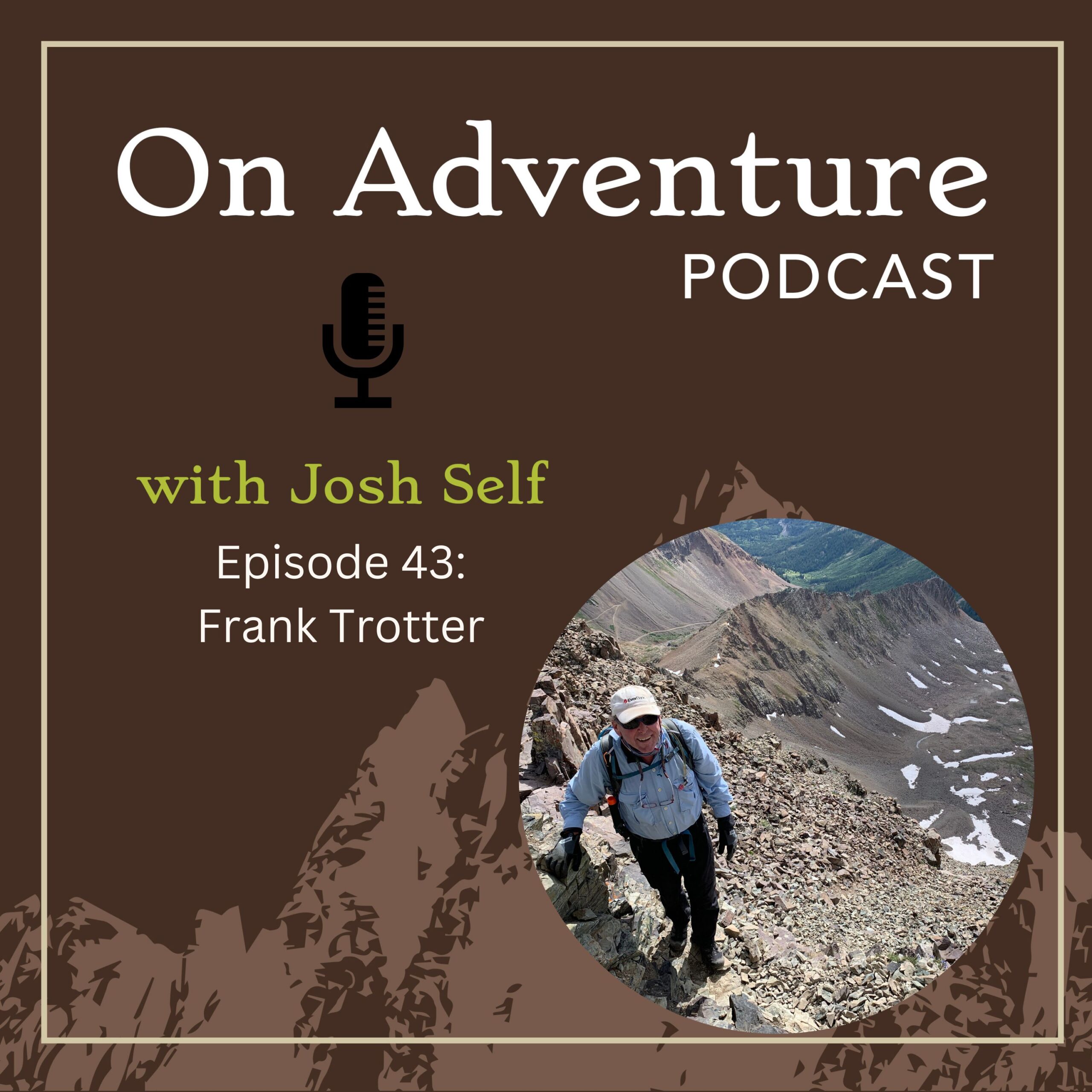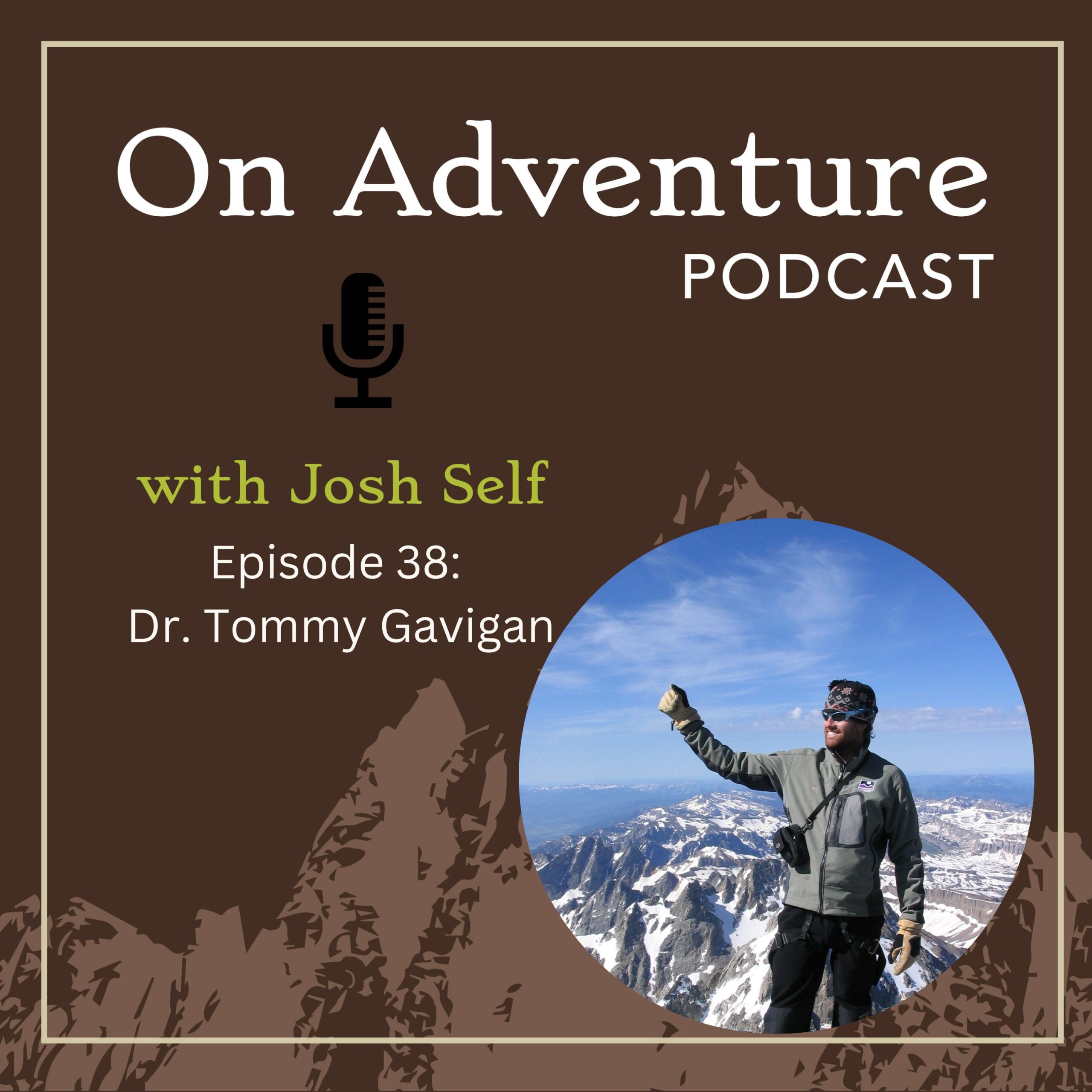




Some stories grab you right from the first sentence—and this one, with Patrick Serfass, took me on a ride I didn’t want to end.
Patrick isn’t just a triathlete, or a renewable energy leader, or a dad raising two adventurous boys. He’s a guy who once said yes to sailing a 26-foot boat with no refrigeration all the way to South America. A guy who climbed the Grand Teton without any prior climbing experience. But what really makes his story stick with you is what happened when all of that—his athletic identity, his mobility, his very sense of self—got upended in a moment.
In this episode, we talk about what it means to suffer well, how ego can drive growth, and why the most powerful moments in life often come through challenge. We talk about trust, adventure, the loneliness of injury, and the healing that comes when you’re surrounded by people who say, “I’ve got you.” If you’ve ever been forced to let go of something you thought defined you—this one’s for you.
⏱️ Timestamps
[1:12] – Patrick introduces his family and his lifelong pull toward movement and travel
[5:55] – A spontaneous dinner conversation leads to a year-long sailing adventure
[12:01] – Why shared suffering forges deeper connection than comfort ever could
[17:40] – Losing the ability to run, and finding new purpose beyond the podium
[30:17] – What happens when your body becomes the limiting factor—and you say yes anyway
[35:12] – Climbing Grand Teton without climbing experience: fear, faith, and the magic of the mountains
[47:40] – The unexpected rewards of pushing through what scares us
[56:00] – What it really means to “stay in shape for the next adventure”—and why it’s not just physical
🔗 Links & Resources
-
American Biogas Council: americanbiogascouncil.org
-
Voyage of the Mimi (PBS series): IMDb
-
Grand Teton National Park: NPS Site
-
C&O Canal + GAP Trail info: gaptrail.org
If you’ve ever had to redefine who you are, if you’ve ever stood at the edge of something scary and whispered “yes,” I hope this episode reminds you: you’re not alone.
And hey—if it did speak to you, don’t forget to share the love. Follow, rate, and leave a review to help On Adventure reach more listeners who need these stories just as much as we do.



































